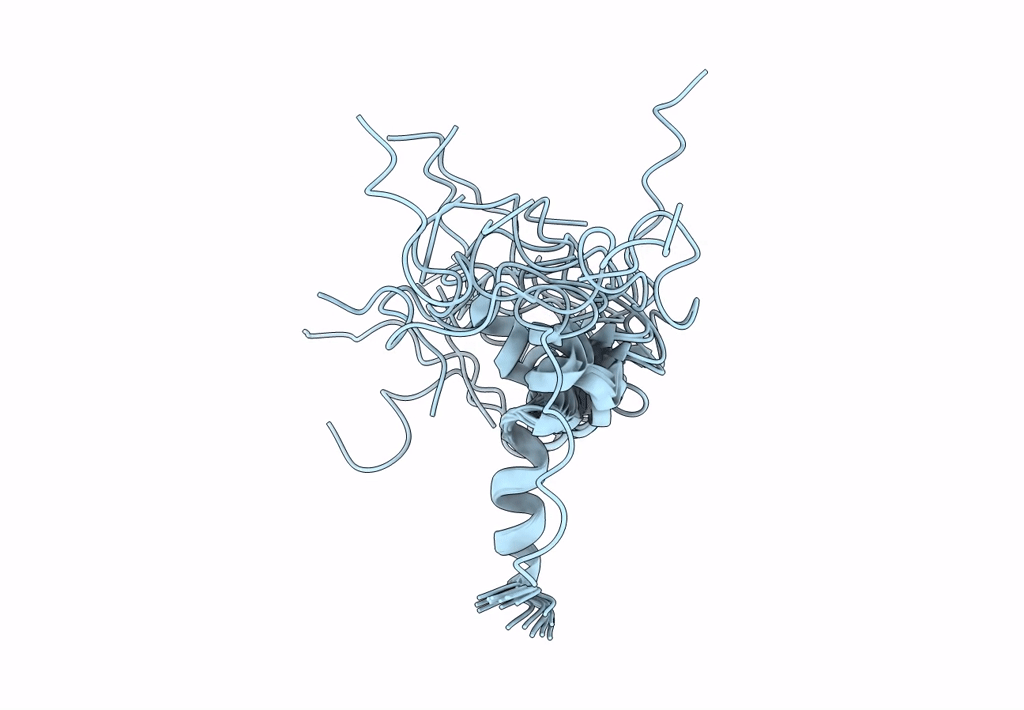
Deposition Date
2012-05-08
Release Date
2012-09-19
Last Version Date
2024-05-15
Entry Detail
PDB ID:
2LSW
Keywords:
Title:
Structure, sulfatide-binding properties, and inhibition of platelet aggregation by a Disabled-2-derived peptide
Biological Source:
Source Organism:
Homo sapiens (Taxon ID: 9606)
Host Organism:
Method Details:
Experimental Method:
Conformers Calculated:
200
Conformers Submitted:
20
Selection Criteria:
structures with the lowest energy


